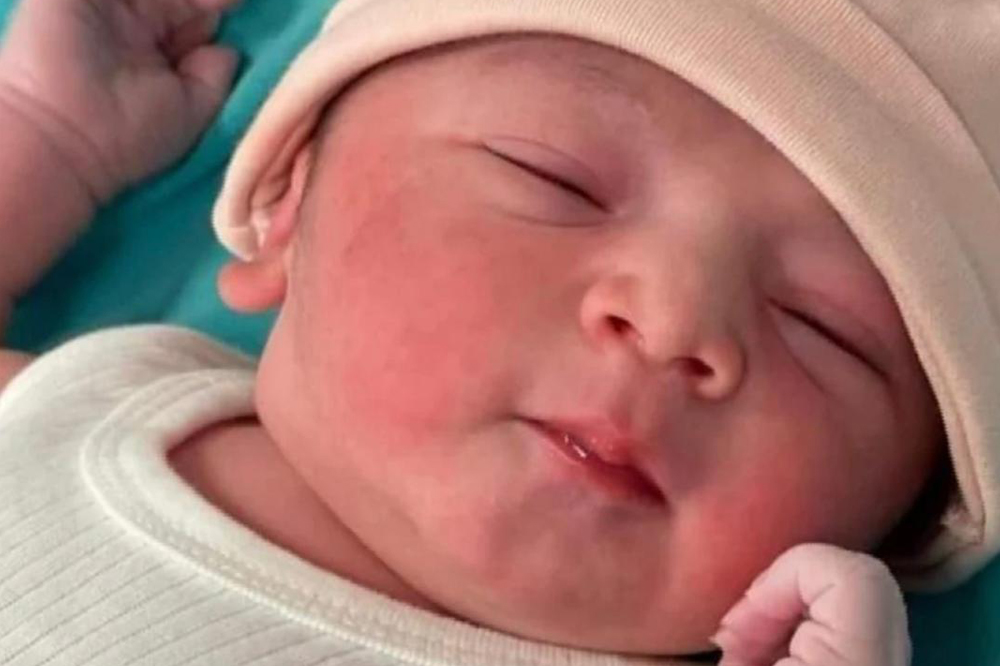Our first successful 'Trans Myometrial Embryo Transfer'- a RARE Procedure performed by Dr. Sujoy Dasgupta, Director Clinical Services at Genome.
Testicular sperm aspiration, blastocyst, Trans Myometrial Embryo Transfer for a couple from Italy.
(With kind permission from the Couple)

Embryo transfer is the most important step of IVF (in vitro fertilization), by which the embryos (eggs fertilized with sperms) are inserted inside the endometrium. Endometrium is the lining of the womb (uterus), inside which the baby grows. Embryo transfer may be "Fresh embryo transfer" in which the embryos are replaced 2-5 days after egg collection, or may be "Frozen Embryo Transfer (FET)" in which embryos are kept frozen and subsequently transferred.
In almost all cases, embryo transfer is done through the "cervix" (neck of the womb). It usually does not need anaesthesia as it's not painful but may cause little discomfort. You will be asked to keep your "bladder full", which means you have to hold your urine and take plenty of water before embryo transfer. Your doctor will see your cervix by a small device, called "speculum", inserted through the vagina. Then a fine tube ("embryo transfer catheter") loaded with embryo(s) will be inserted through the cervix into the endometrium. The whole process is done under ultrasound guidance to make sure that the embryos are transferred in the right place. If the process is successful, you will get pregnant. The result will be known by a blood test done usually 14 days after embryo transfer.
In few cases, embryo transfer may be difficult. In such cases, change if catheter, little manipulation or use of additional instrument can help. Sometimes general anaesthesia may be needed. However, very rarely, the catheter can never be negotiated through the cervix, mostly because of narrow cervix. In that case "trans Myometrial Embryo Transfer" is done, which means transfer of embryo into the endometrium through the myometrium (the muscles of the uterus which surrounds the endometrium). In such case, under anaesthesia, a fine metal catheter loaded with embryo is inserted through the vagina (under ultrasound guidance) into the myometrium and then carefully into the endometrium. But this is rarely required.
In this case, the couple came from Italy for ICSI because of Azoospermia. TESA was done, which revealed good quality of sperms used subsequently for ICSI. We initially planned fresh embryo transfer at blastocyst stage, but it was difficult despite repeated attempts and therefore the procedure was abandoned. All the embryos were frozen. Frozen Embryo Transfer was done under anaesthesia using "Trans Myometrial Embryo Transfer " technique using a special catheter, available in our clinic. It was successful after the FIRST ATTEMPT. Subsequently they moved to Italy and continued online consultation. Finally, here is the result.